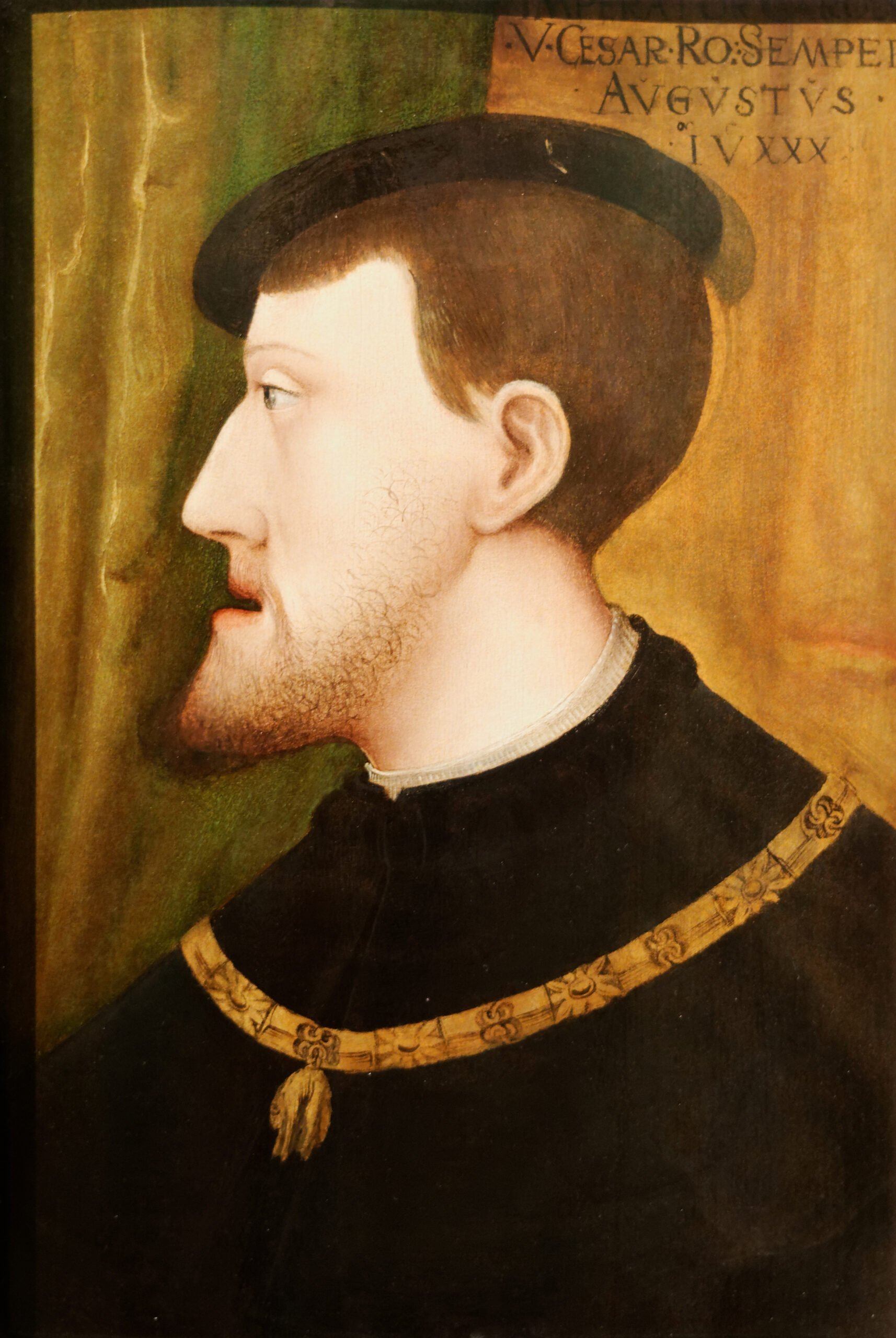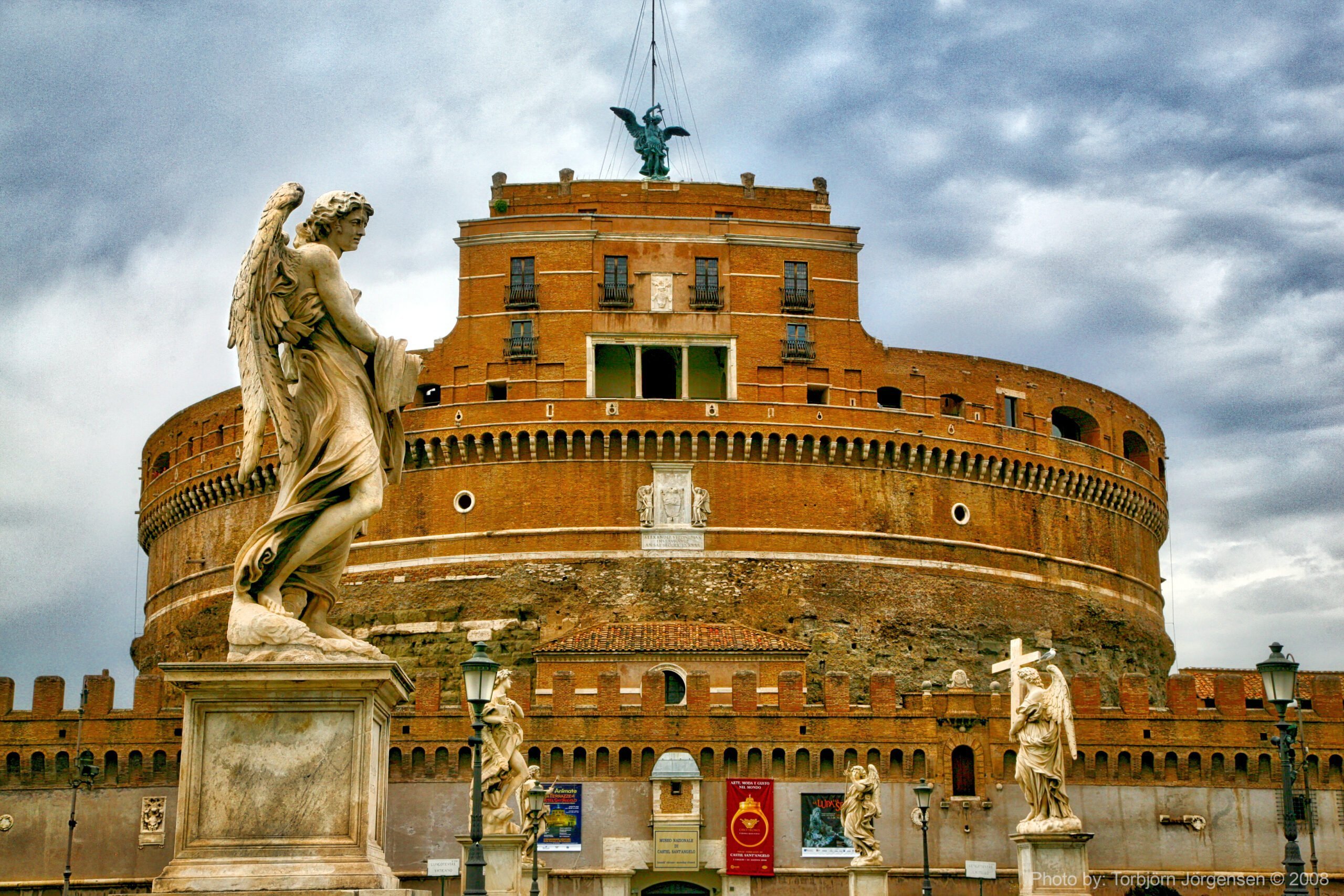The Last Stand
It was November 1523 in Rome. The Vatican resembled a building site as it was in the process of reinventing itself with classical palaces and basilicas. The city was quite cosmopolitan – it was a place where pilgrims and travellers mingled with people from all over Europe, but the mood was tense. Hushed voices spoke of the ongoing deadlock within the Conclave of Cardinals, trying to choose a new pope. Busy feet shuffled under the ceiling of the Sistine Chapel, where Michaelangelo’s new ceiling frescoes barely got any attention – so focused was everyone on the decision at hand. Several seemingly suitable cardinals were proposed, but none could win, and it looked like it would all come down to the two candidates supported by the two great powers in the European world.
The Vatican – a real-life chess board
For centuries, Italy and the Vatican had been the real-life chess board for the ambitions of kings. By now, a new crisis was developing between Francis I of France and Holy Roman Emperor Charles V. Charles was probably the most powerful ruler in Europe since the days of Charlemagne 700 years earlier, and that certainly went to his head. He saw himself not only as the divinely appointed ruler, but as the one and only Christian ruler of Europe, whose duty it was to dominate France and then unite Christendom under his banner.
Giulio de Medici was the papal candidate Charles supported, and on November 16, he was elected and became Pope Clement VII. Everything seemed perfect, but as it would soon turn out, Clement VII’s papacy would actually be one of the worst in history – and that is really saying something. But it began with Clement having pure intentions and trying to be a good pope.
Pope Leo X, Clement’s predecessor, had been very popular in the Italian peninsula, and for a simple reason – he behaved less like a pope and more like an old Roman emperor. He was a lavish spender and a playboy who threw wild parties and extravagant banquets. Unlike Leo, Clement wanted to reign with scholars and clerics, with fasts and actual religious obligations. Surprisingly, this made him deeply unpopular with the clergy in Rome. Now, this was a problem, but he still had the emperor on his side, right? All he had to do was not agitate his royal benefactor, which he promptly did.

Charles was fighting a war against France in northern Italy, and rumours reached his ears that Clement had been secretly in contact with the cities of Venice and Milan to form a defensive pact with Rome in case things went south for the Holy Roman Emperor. Charles was irritated but somehow understood to an extent that he was planning for the future. But when the secret peace negotiations between Clement and France were suddenly not so secret anymore, Charles was furious.
This was outright treason. Fuming with anger, he even proclaimed that Martin Luther, who was in all the news for his rejection and disdain of the teachings and practices of the Roman Catholic Church, actually might have had a point with this hatred for the papacy. It is important to note that at this point in time, it was right at the beginning of the Reformation, and Luther had only been condemned as an outlaw by Charles two years prior.
After the decisive Battle of Pavia in 1525, whereby the French received a complete mauling by the imperial forces, with King Francis I even being captured, Charles gave his commander in Italy, Constable Bourbon, another task. With 5,000 Spanish troops, he was to travel south and have a little chat with the pope. But Georg von Frundsberg, the famous German military commander, would have rather seen Clement hanged for his treachery, and he himself raised over 10,000 German Landsknechte out of his own pocket. And while the Spaniards were relatively disciplined, the Landsknechte were emphatically not. Soldiers for hire (loyal only to their pay) and many won over by Martin Luther’s words, were all too eager to get their hands on the wealth of the Catholic Church.
In early 1527, Bourbon’s 5,000 Spanish and Frundsberg’s 10,000 Germans linked up with other mercenaries eager for loot. But then Frundsberg suffered a stroke and returned north. Now Bourbon, stranded in Italy and trying to control both contingents, for which he didn’t really have the money, was left with only one option. Move swiftly forward and loot Rome.
Targeting Rome
By May 5, around 20,000 imperials were knocking on Rome’s front door – the Spirito Gate. Bourbon himself, wearing a bright white cloak over his armour, ordered his troops to build ladders and scale the walls, but they were fired upon by arquebusiers and light artillery, and took heavy losses. Fortified cities could not be easily stormed at the time, not without heavy artillery, and Bourbon’s army had none. And while the garrison of Rome defended its walls, Pope Clement could still rely on the elite soldiers of the Italian Black Bands and his personal protectors, the 189-man-strong Swiss Guard. Swiss mercenaries were extraordinarily good soldiers and highly valued all across Europe.
But while the defenders were busy pouring boiling liquid onto the mass of attackers, a dense fog suddenly fell. It became so thick that the men could barely see each other, and the defenders on the walls were firing blindly. Realising his chance, Bourbon ran forward, holding one of the ladders himself and urging his troops onward. But he was hit and killed instantly. News of his death spread rapidly, and the initial confusion in the ranks of the attackers turned into a lust for revenge for killing their leader, and more importantly, their paymaster.
The final battle
The imperials surged forward, and their numbers overwhelmed the defenders. With the gates then thrown open for the rest of the Imperials, the defence of Rome collapsed. The invaders swarmed over the city, and with Bourbon dead, there was no authority to even try to restrain them, if that was even possible by that point. The Black Bands were routed while the Swiss Guard gathered at the obelisk in front of St.Peters, readying themselves for a last stand near the Teutonic cemetery. It was their duty to fight and die for the pope’s safety, and so they did. Armed with halberds and swords in their hands, and faith in their hearts, they waited for the final battle on the steps of St. Peter’s.
“Stand firm therefore, having girded your loins with truth and having put on the breastplate of righteousness, and having shod your feet with the preparation of the gospel of peace, in addition to all, taking up the shield of faith.” Eph.6:14-16

Not that much is known about the actual fighting. Heavily outnumbered, they stood true to their vows and formed a defensive wall of halberds in front of St.Peter’s. In a fight they could not hope to win, the men of the Swiss Guard were gradually overwhelmed and slaughtered. Still, their sacrifice gave the Pope enough time to escape through a secret passage. Accompanied by 42 survivors of the 189, they ran across the Passetto di Borgo up to the Castel Sant’Angelo. More and more of the guards died along the way while fending off the pursuing imperials. The last few still standing made it into the castle with the Pope, and then they could fire heavy artillery and falconets into the mass of attackers, preventing their position from being overwhelmed. The pope and those closest to him were safe, thanks to the sacrifice of the Swiss Guard, but a horrible massacre was unfolding down below, as the imperials and mercenaries made their way through the city.
No one was spared their wrath, not women, nor children, not the clergy or the holy sites. Monks and priests were brutally killed, and nuns were raped on sacred altars. People were cut, beaten and branded, their teeth and nails pulled out for the information about their valuables. Sources speak of molten lead being poured down throats and severed testicles in the streets. Tombs were looted and holy relics were carried away, often by famous artists and noblemen, who now served as porters for the soldiers. From high above, Pope Clement was forced to look upon the destruction that he was unable to prevent. He grew a beard as a sign of mourning.
A city in ruins
It would take until February 1528 for the last of the barbaric invaders to leave Rome. What they left behind was a city in ruins, with dead by the thousands floating in the river. It would take decades for Rome to recover and the city’s population was reduced by some 80% – this is seen by many as the end of the Italian Renaissance.
But the sack of Rome affected more than just the city. Clement was no longer able to oppose Charles’ ambitions, and a religious power shift away from the Pope and toward the emperor had lasting consequences for all of Europe. For example, the Pope – at Charles’ direction – refused to annul the marriage of Charles’ Aunt, Catherine of Aragorn to England’s Henry VIII, which kicked off the English Reformation. The split in continental Europe between Protestant and Catholic was made permanent by the sack, and Martin Luther even pointed out: “Christ reigns in such a way that the Emperor who persecutes Luther for the Pope, is forced to destroy the Pope for Luther.” And while that’s a bit general, the power of the Papacy was diminished afterward, even as the inquisition grew under Charles’ son, Phillip II. The rift between Catholic and Protestant would culminate in the 30 Years War.
As for the heroic fighting of the Swiss Guard, it would go down in history as one of the great Last Stands and left them with everlasting gratitude of the papacy. To this day, the Swiss Guard, still in their traditional garb nearly 500 years later, serves as the honour guard of the Pope.
The Sack of Rome heavily inspired our song ‘ The Last Stand ‘, which is featured on our album, The Last Stand. Take a look at the lyrics we wrote here.
If you’re interested in a more visual interpretation of the above story, watch our Sabaton History episode, The Last Stand – The 1527 Sack of Rome:





















